Creating custom software applications can never be just “one-and-done.” When developing an app, it’s equally important to plan for maintenance changes and updates. Keeping your system healthy and running is equally as important as the development. Custom solutions need to deal with constantly changing technology and business environments. As a contract item that is easily left off the negotiating table, maintenance is a critical point always to cover. Hence, businesses know to set aside investment for updating and continuation of the software.
All custom software maintenance is aimed at keeping the system usable and valuable for the business. When investing in application development, you need to consider updates and tweaks that will naturally happen along the way. System maintenance involves improvements in the existing solutions and software requirements as per the changing market needs. For example, Mobile Apps typically require changes due to screen size changes and new IOS/Android updates. Unlike software support, maintenance services include functionality, bug fixing, optimization for performance problems, and other tasks agreed upon in the contract.
Software maintenance is corrective and deals with the repair of faults found. It has a service-like aspect compared to software development because maintenance results in benefits for users and the business. Examples are bug fixing, which comes at a priority, to run the software seamlessly, or enhancements that improve features and functions, making solutions compatible with the ever-changing market environments. Maintenance also removes outdated, unwanted processes that are useless and provide a performance improvement. All of this falls into four main categories of Custom Software Maintenance.
Adaptive Maintenance deals with adjusting the software to new hardware or recent operating system updates. Modifications need to happen regularly to keep the software compatible with changing business and technical environments. This software maintenance focuses on software infrastructure to retain continuity with the software and respond to new operating systems, hardware, and platforms.
Perfective Maintenance covers minor system improvements, such as reorganizing data sets within a database to be searched faster or using less storage. It also provides fine-tuning of all elements, functionalities, and abilities to improve system operations and perfectness.
Corrective Maintenance detects errors in the existing solution and correcting them to make it works more efficiently. This type of software maintenance aims to eliminate and fix bugs or defects in the software.
Preventive Maintenance includes modifications that do not have a direct effect on the user. This means improvements to the software and attempts to prevent problems that can happen in the future. Preventive maintenance also makes it easier to scale or maintain code and handle any legacy systems.
Maintaining a custom software system is an ever-evolving, complex process equally as important as application development. It keeps your new custom software solution healthy and able to deal with changing technologies and business environments. At FocustApps, we help our clients understand the importance of maintenance contracts. For more information, contact Blake Patterson at 502.907.6593.




